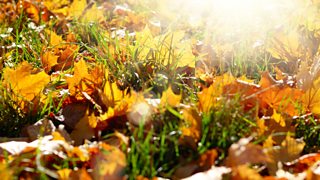How you can save the environment through gardening
We’re used to taking an uptight, corseted approach to gardening: keeping hedgerows, borders, lawns and pots neat and tidy and weed-free. But as “rewilding” projects have proven, letting nature reclaim the land means a huge boost for wildlife. And with insects (nature’s “glue”) in decline across the planet, and air pollution rife, it’s never been more necessary.
But what if your outdoor area is tiny? Or you don’t have a garden at all? Fear not, we have tips for turning even the most miniscule of urban spaces into a haven for nature to save the environment.
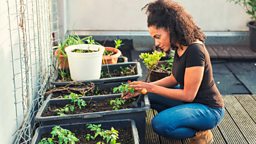
-
![]()
Costing the Earth
Verity Sharp wants to turn her small Wiltshire garden into a haven for wildlife.
1. Plant a window box
You may not have any outside space of your own, but you’ll likely have a window or two. So, rig up a window box and scatter some wild flower seeds. Bees are fond of colourful, tubular flowers like foxgloves and love lavender, borage, catmint and buttercups. (What could be nicer than the scent of lavender wafting into the room?) Our buzzing, stripy pals are also partial to the pink blooms of chives. Add this to your window box and you’ll always have the herb on hand for cooking with too.
2. Don't bother mowing
If you're lucky enough to have some lawn, you might feel a bit embarrassed to sit on your hands and watch it go to seed, sprouting dark patches and thick tussocks. But leave it a few months and soon the space will be a biodiverse patchwork of wild flowers and different grasses – attracting a plethora of butterflies and other six-legged friends. Meadow grass, buttercup and dandelion all provide favourite seeds for a whole range of birds too.
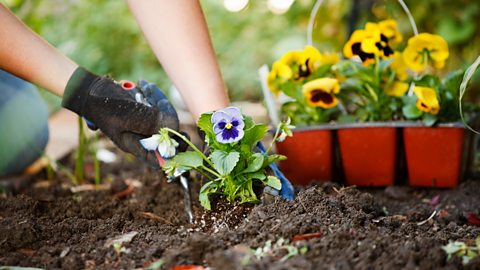
How gardening can be hard on the environment
Tools and utensils used in gardening aren't very eco-friendly.
3. Install some house plants
As well as creating a haven for wildlife, plants have the added benefit of reducing carbon dioxide levels (through photosynthesis). They also help to diminish airborne dust and levels of certain pollutants like benzene and nitrogen dioxide. Fill your home with plants and know that you’re doing your bit for the environment!
Fill your home with plants and know that you’re doing your bit for the environment.
4. Build a bee and bug B&B
In the UK there are over 250 species of bees, the vast majority of which are solitary. Some of them nest in holes in walls, pieces of wood and old vegetation. So, you can give a boost to their habitat by constructing your own bee hotel from wood and hollow plant stems, affixing it to a wall or fence or popping it on your balcony.
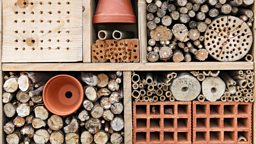
5. Cut the pesticides
It’s time to go organic. The first step to encouraging insects and birds into your garden is to ditch all pesticides, weed-killers, fertilisers and slug pellets. To stop slugs ravaging your veggies simply crush up egg shells and sprinkle them around the base of your plants instead.
6. Make a hedgehog run
We don’t mean chase a hedgehog, but rather speak to your neighbours about creating a pathway between gardens and properties so that hedgehogs and other creatures can happily pass from green space to green space. We know that joining up bits of land is crucial for the safe passage and proliferation of wildlife – so get the neighbours on side and cut some hedgehog-sized holes in the bottom of your fences, or even take out the odd fence panel. This way you get to keep your privacy but welcome wildlife.
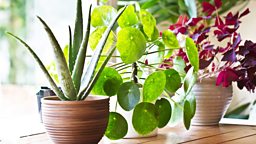
7. Make your own mini pond
All life needs water, so the best thing you can do with a small or urban space is to create a pond. It doesn’t have to be large – even a washing-up bowl will do. Add plant life and, before you know it, you’ll have frogspawn, pond snails and dragonfly larvae aplenty.
8. Pull up paving
Think about hauling out those paving stones and putting down some turf. If your plot is simply too small then another option is to opt for gravel, and scatter some insect-friendly plants like lavender amongst the stones. And there’s always the option of planting some wildflower pots if you can’t bring yourself to say farewell to the flagstones.
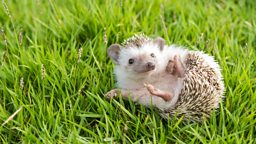
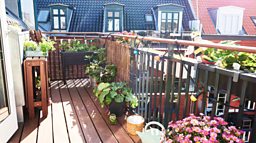
9. Think vertically
A clever way to introduce plant life when you have limited space is to encourage some climbers. Ivy, honeysuckle, passion flower, jasmine and wisteria are all wonderful plants for wildlife, and many don’t even need a trellis. Unlike a bare fence, a climbing plant provides space for birds to nest, butterflies to hibernate and bees to shelter from the rain.
10. Attach a bird box
A nest box is an excellent substitute for a tree hole, and much needed in areas which are lacking in the latter. Why wait? Get one rigged up! For tits, sparrows and starlings the box needs to be between two and four metres high up on a tree, wall or fence. It’s also important to make sure it’s facing between north and east to avoid strong sunlight and wet winds.
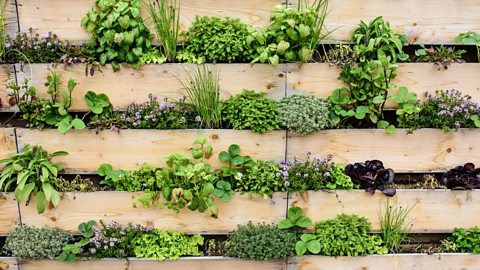
Why gardening on social media is not all it seems
There is a wide gulf between real gardens and those portrayed on social media.
To stop slugs ravaging your veggies simply crush up egg shells and sprinkle them around the base of your plants.
11. Borrow a pig
Animal disturbance can help to turn over the soil in a garden and uncover all the dormant, natural seeds. So, if you have the space, what about putting a pig in there for a week or two? An animal also means poo, which is a natural fertiliser and will help attract dung beetles. If a pig’s out of the question (and let’s face it, for most of us it will be), try rooting around in the soil with a garden fork instead and contact a stables - they usually have free dung they're trying to dispose of.
-
![]()
Costing the Earth
Verity Sharp wants to turn her small Wiltshire garden into a haven for wildlife.
-
![]()
Nine handy gardening hints for autumn
Wrap up warm, grab that trowel, and enjoy the dazzling display of autumn colours.
-
![]()
Forest 404
Eco-thriller starring Pearl Mackie, with theme music by Bonobo.
-
![]()
From E133 to MSG: Your guide to food additives
A quick guide to the bewildering world of food additives.

